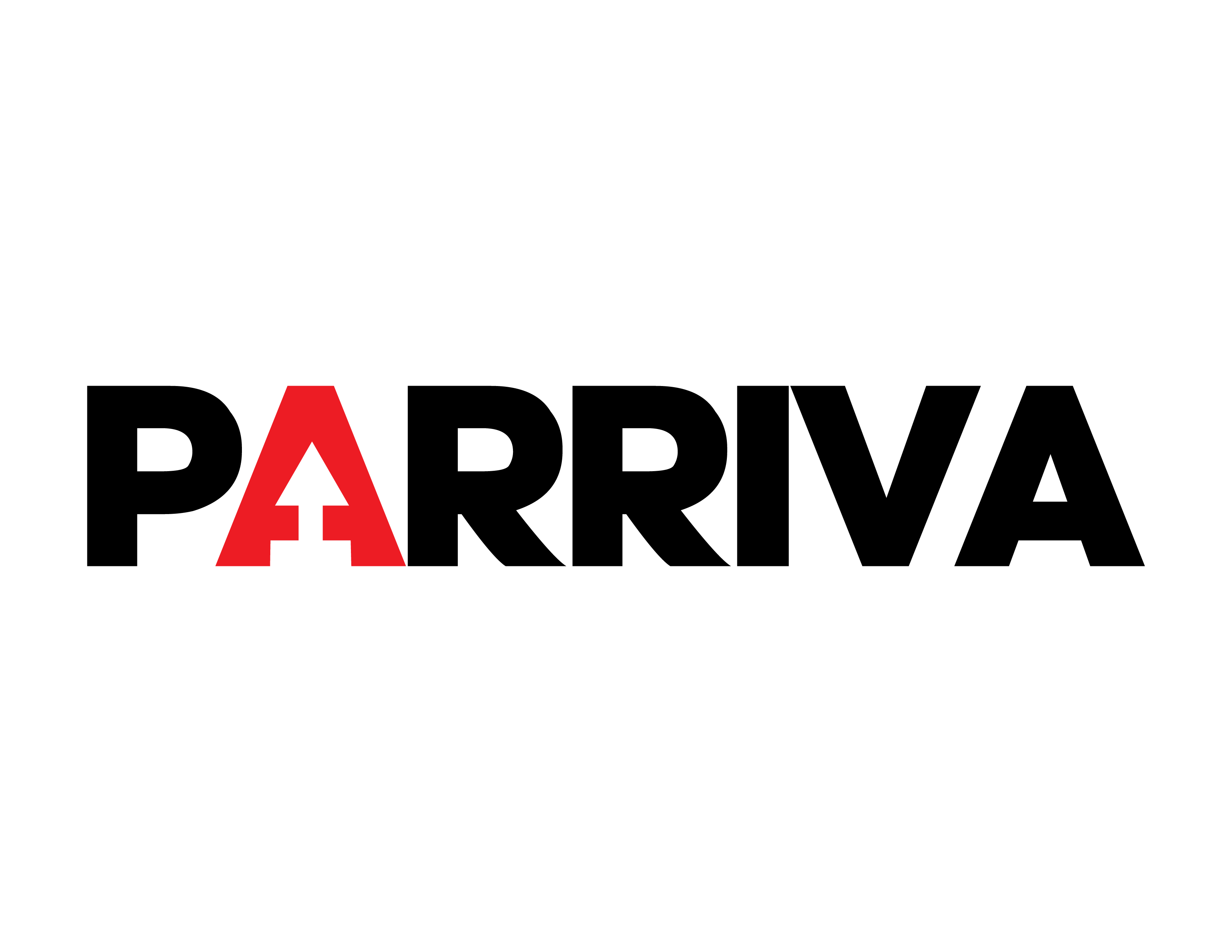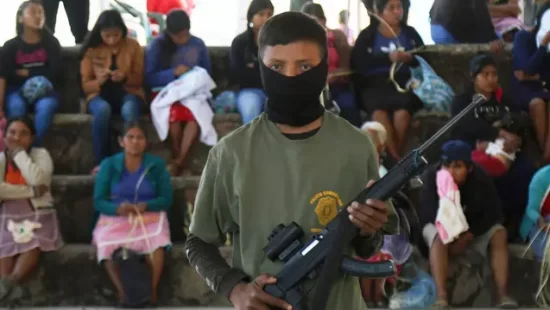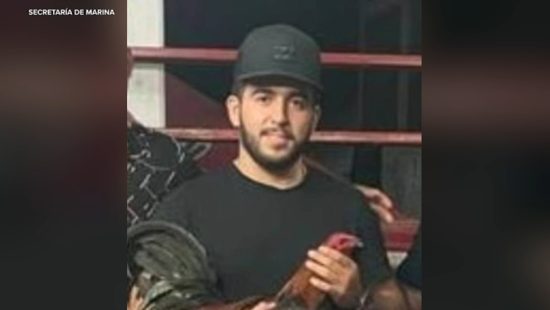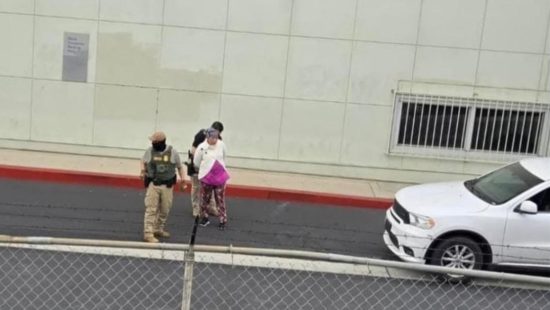One of Clínica Romero’s missions is to provide quality healthcare to underserved communities who may lack access to medical resources. It’s something they’ve been doing for over 40 years in their six locations throughout Los Angeles.
However, another goal is to become a teaching clinic for future doctors who may one day return to care for this community.
One way they’re achieving this is by participating in the Primary Care Leadership Program (PCLP) for the past three years, a national endeavor funded by the GE Foundation and National Medical Fellowships that assigns medical students and graduate-level nursing and physician assistant students to work in underserved communities.
This year the Clinic is getting four of these students who will get hands-on medical experience, combined with leadership and mentoring, and the chance to pursue a service project of their choosing.
“We’re trying to create a pipeline of black and brown talent who are underrepresented in the medical field and place them in a pathway to a career where they can come back and work for us,” says Joaquin Alvarado, Director of Workforce Development for Clínica Romero, who this year will be in charge of the program.
FIRST-HAND CLINICAL EXPERIENCE
The 6-week summer internship starts June 16 and runs through the end of July. Students are received with breakfast and get two days of onboarding and orientation activities. They also received personalized sweaters and notebooks with their names and the Clínica Romero logo on them, as well as several books they read during the program. There are lunches and other activities throughout the six week, culminating with a special ceremony where they receive a certificate for their volunteer hours.
The program allows the students who hail from the University of Southern California, Charles R. Drew University of Medicine and Science, and University of California Riverside to shadow providers in the clinic as they treat patients.
Each student receives a stipend to help them pay for transportation and housing. Every week, the students receive lectures from the executive team at the Clínica and special guests, and they can also shadow an executive, and at the same time they do a service learning program of their own, such as volunteering for the Shower of Hope Program, where every Friday, the Clínica’s Marengo site in Boyle Heights opens its parking lot to offer hot meals and shower to homeless individuals. They can also participate in the many community events the Clínica holds regularly.
During their internships, the students may shadow physicians in different departments, be that pediatrics, women’s health, substance use disorder medicine or family medicine, Alvarado explains.
“For instance, if the student is with us and is interested in women’s health, they’ll be assigned to clinics in the (San Fernando) Valley where most of those providers are,” he adds.
But usually they’ll follow the doctors wherever they may be working for that day. “The student follows wherever the provider goes,” Alvarado says.
CLINIC INTERNS
In total, the students will immerse themselves in 200 hours of service learning hours and primary care experiences where they get to apply their skills and knowledge in real world scenarios.
“This is their way to get first-hand experience and professional networking for when they finish school, they already know doctors in the clinics,” Alvarado says.
The clinic also benefits by having extra hands to help in their many programs and endeavours.
Clínica Romero is only one of three organizations in the Los Angeles area selected for the program, which speaks to the quality of experiences past students have gained there and the value they offer to the community.
But it’s not the only internship program Clínica Romero offer to medical students.
Since Alvarado assumed the position of Director of Workforce Development, he’s tried to create pathways and partnerships with local universities to bring students to see what it is really like to work in a community health center.
So far, he says, all four different groups of student interns (about 30 in total) who have come through the Clínica’s doors since November have spoken with great regard to their experience, which speaks to the “quality of training that we’re giving them,” Alvarado says.
There have been no complaints either from the patients who are given the option of having an intern present or when a doctor treats them.
“They know they’re getting the help they need to improve their health and also helping this young person with their education,” Alvarado says.
Clínica Romero also welcomes interns to their pharmacy and dental departments. Last fall, they also received 14 students who helped with the street and HIV teams that help homeless individuals.
It’s all part of their efforts to help the community at large and prepare the physicians of the future who will care for that community
INTERESTED IN VOLUNTEERING?
If anybody’s interested to do volunteer hours at any of the Clínica Romero sites, they can reach out to Joaquin Alvarado, Director of Workforce Development at jalvarado@clinicaromero.com








